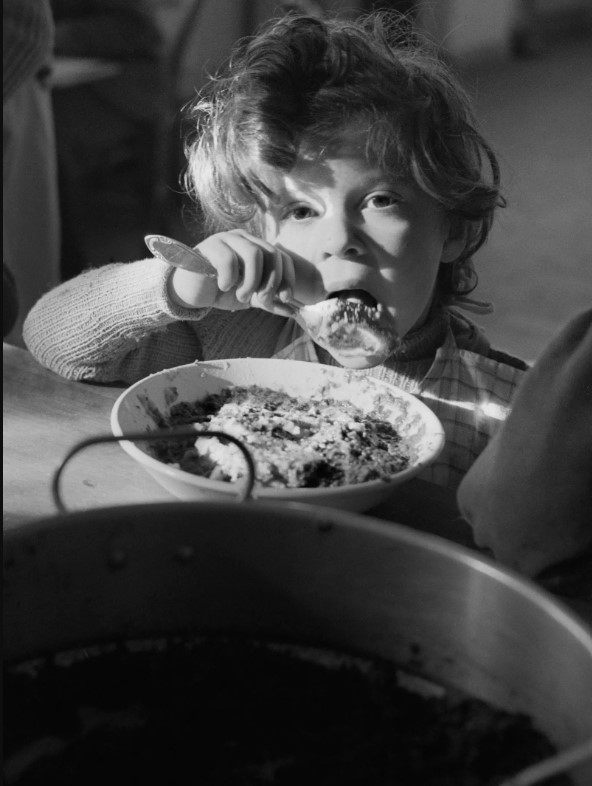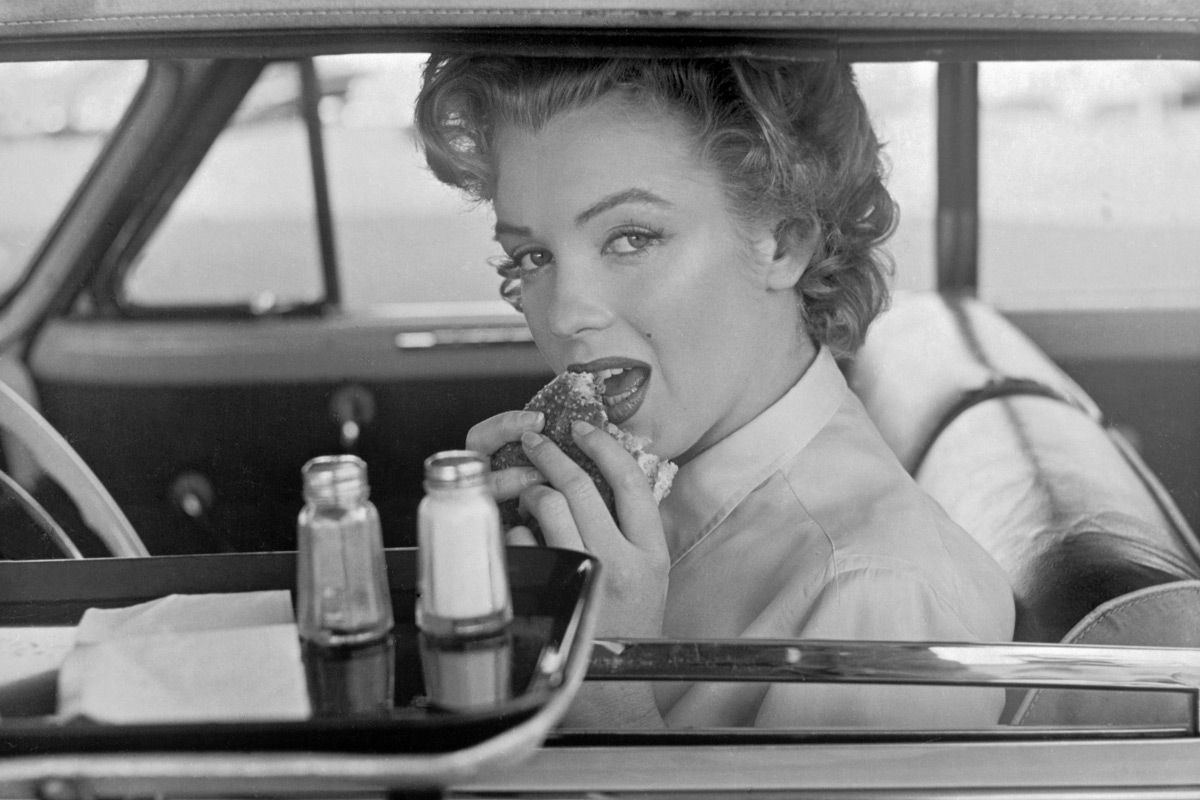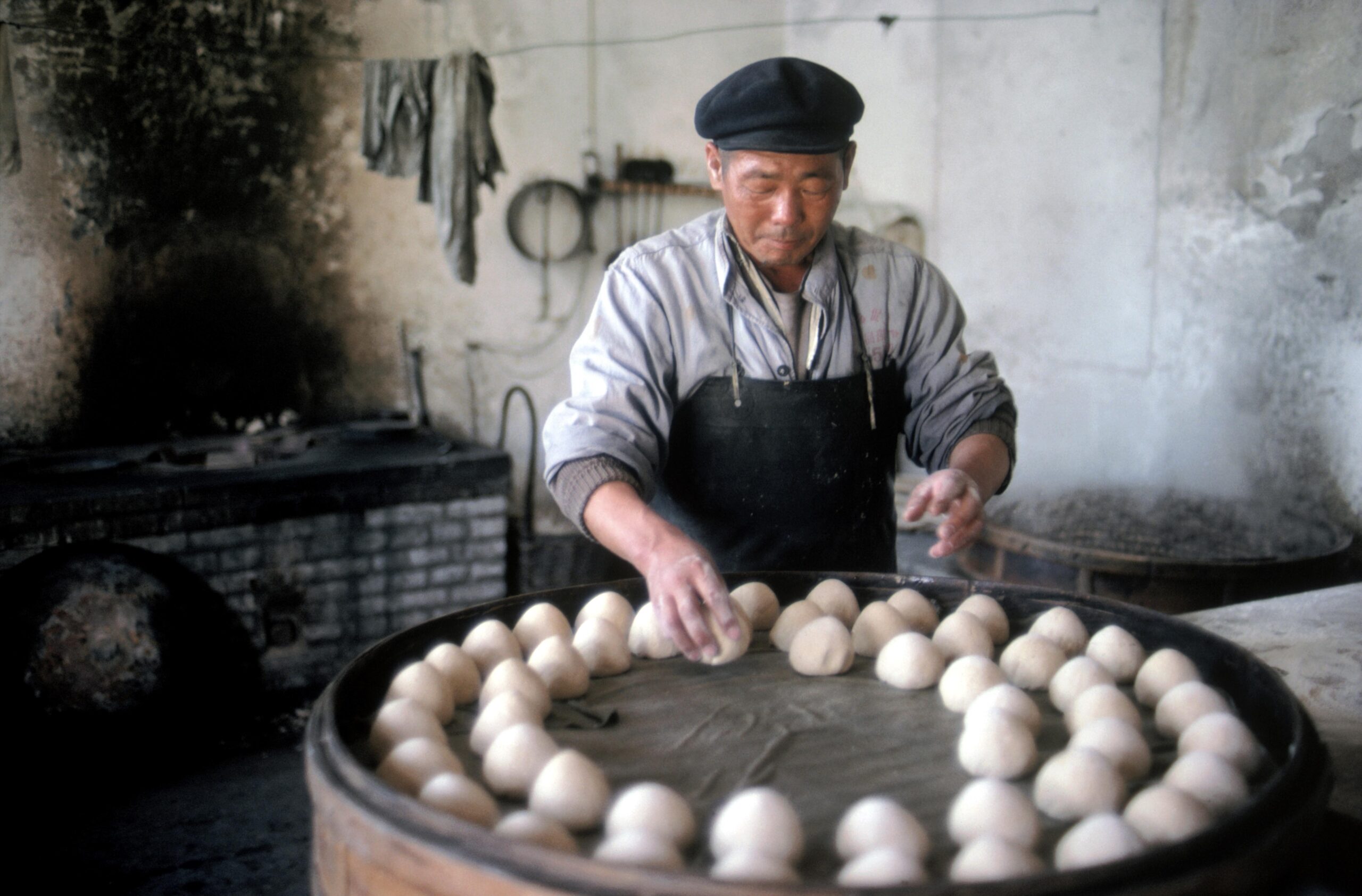On display at E.ART.H in Verona until September 17, and not travelling afterwards (entrance free, from 12-20 PM Wednesday-Sunday; closed Monday and Tuesday), is “Photo & Food”, an exhibition of 125 photographs of food, its social role, and its traditions during the past 80 years.
On January 27, 2007, the genial and indefatigable Piemontese entrepreneur Oscar Farinetti opened his first mega food store of exclusively Italian food products, Eataly, in Torino; now they are in 46 locations in 15 countries.
A decade later he opened FICO, the didactic food and agricultural park outside Bologna (hours Thursday-Sunday, 11 AM to 11 PM). In the fall of 2022, he founded E.ART.H, the acronym for Eataly Art House, with his son Francesco Farinetti, the president of the first “green” retail park “Green Pea” in Torino’s Lingotto neighborhood, and with cultural guru Chiara Ventura.

copyright Werner Bischof/Magnum Photos
Created with the aim of making contemporary art accessible to the general public and celebrating its inclusiveness, beauty, and sustainability, E.Art.H. is located at Via Santa Teresa 12, in central Verona, in Eataly’s newest store. Its building, restored, after a long period of neglect, by architect Mario Botta, most famous for his churches and museums, had been Europe’s largest cold storage in the 1930s, with more than 10,000 square meters of refrigerated cells under a reinforced concrete dome.
The works are by 29 international photographers, all members of the Agency Magnum Photos: Abbas (1944,Iran-2018, France), Eve Arnold (1912,USA-2012, United Kingdom), Olivia Arthur (1980, United Kingdom), Jonas Bendiksen (1977, Norway), Werner Bischof (1916, Switzerland-1954, Peru), René Burri (1933, Switzerland-2014, Switzerland), Bruce Davidson(1933 USA), Cristina De Middel (1975, Spain), Elliott Erwitt (1928, France), Leonard Freed (1929, USA-2006, USA), Ara Güler (1928, Turkey-2018, Turkey), Philippe Halsman (1906, Latvia-1979, USA), Nanna Heitmann (1994, Germany), Thomas Hoepker (1936, Germany), David Hurn (1934, United Kingdom), Elliot Landy (1942, USA), Guy Le Querrec (1941, France), Alex Majoli (1971, Italy), Peter Marlow (1952, United Kingdom-2016, United Kingdom), Inge Morath (1923, Austria-2002, USA),, Martin Parr (1952, United Kingdom) Paolo Pellegrin (1964, Italy), Raghu Rai (1942, Pakistan), George Rodger (1908, United Kingdom- 1995, United Kingdom), Zied Ben Romdhane (1981, Tunisia), Jérôme Sessini (1968, France), David Seymour(1911, Poland-1956, Egypt), Ferdinando Scianna (1943, Italy), and Alex Webb (1952, USA).
Displayed in chronological and thematic order in five sections, the exhibition considers the social, economic and symbolic meanings of food, highlighting its inextricable connection to human life, both as nourishment and agriculture, as well as food’s connection to nature.
The first section From War to the Boom, all works in black and white, concern the immediate aftermath of the Second World War and the struggle to survive. Procuring enough food not to suffer from hunger was the daily preoccupation.

The second section, The Food of Stars, covers the 1950s and 1960s when once again food and prosperity were accessible to most people in Europe and the USA-the so-called years of the Economic Boom. The photographs here show conviviality and large gatherings and concentrate on photographs of the VIPS of those decades, for example, Marilyn Monroe, Ronald Reagan, Alfred Hitchcock, and Muhammad Ali, and their rapport with food at public events and at home. Also on display here are Phillipe Halsman’s shots of Salvador Dali’s surreal compositions and of Andy Warhol’s pop-art Campbell Soup cans, with food products idealized as art and when a product of nature became merchandise.

The third section, From the Producer to the Consumer, illustrates the food production chain–from the farmer to the market–beginning with Eve Arnold’s shots of bread-making in the Chinese countryside, to Ferdinando Scianna’s of making homemade tomato sauce in Bagheria near Palermo, to Alex Majoli’s of Palermo’s most famous market Ballarò, and ending with shots of supermarkets–the symbol of globalization.
The photos in Section Four, Extreme Food, cover genetically manipulated foods by Jonas Bendiksen and hydroponic cultivation by Alex Webb, the excessive use of plastic in packaging food by Cristina De Middel, and consuming junk food by Martin Parr. In contrast, Jérôme Sessini’s series, “Living the Good Life in VRMDZA”, a model of rural development and economic empowerment for Serbian villages” focuses on the desire to rediscover the rhythms and ways of life of the past, definitely a challenge for all of us to counterbalance a sector of life often controversial and dominated by technology and speed.
The photos in Section Five, The Sacred Table, concern the choice of foods we eat and how we prepare them during celebrations, both joyous and sad, of several world religions: Christianity, Islam, Judaism, Hinduism, and Buddhism. Noteworthy is Guy Le Querrec’s documentation of the preparation of Taan beer, drunk during the long funerary celebrations in Burkina Faso.
A bilingual catalog (20 euros) is available from Eataly Art House’s online shop (www.eatalyarthouse.it).












